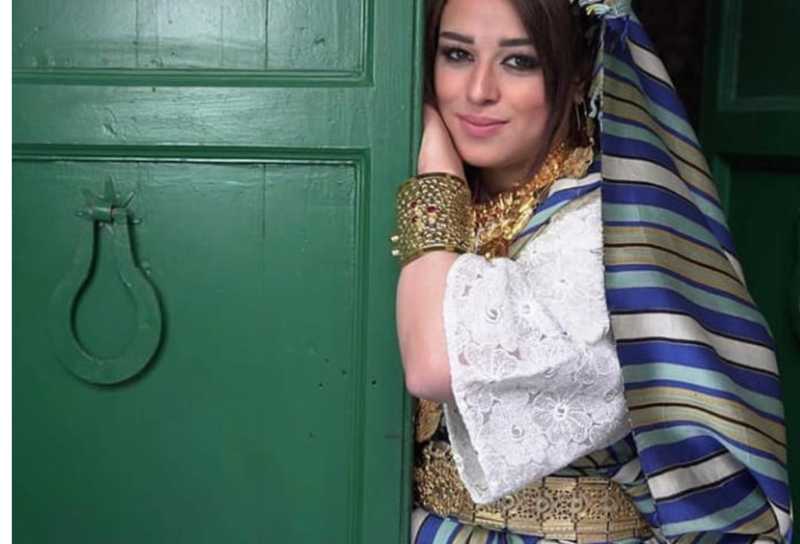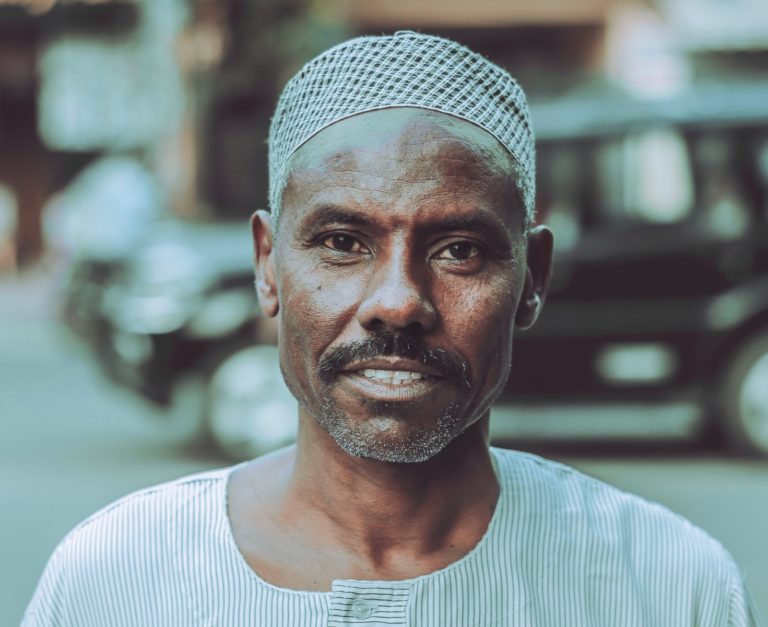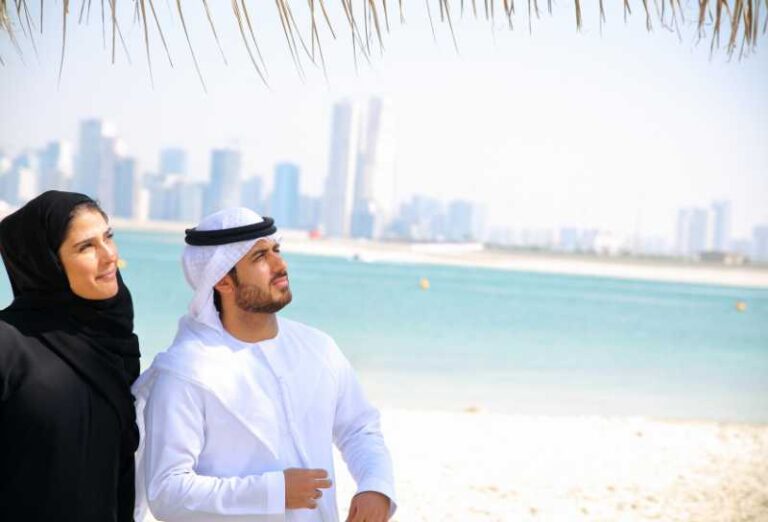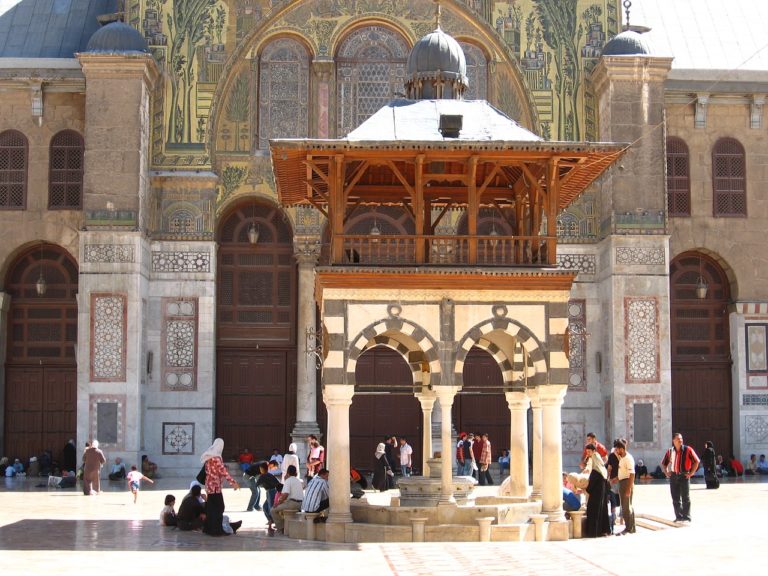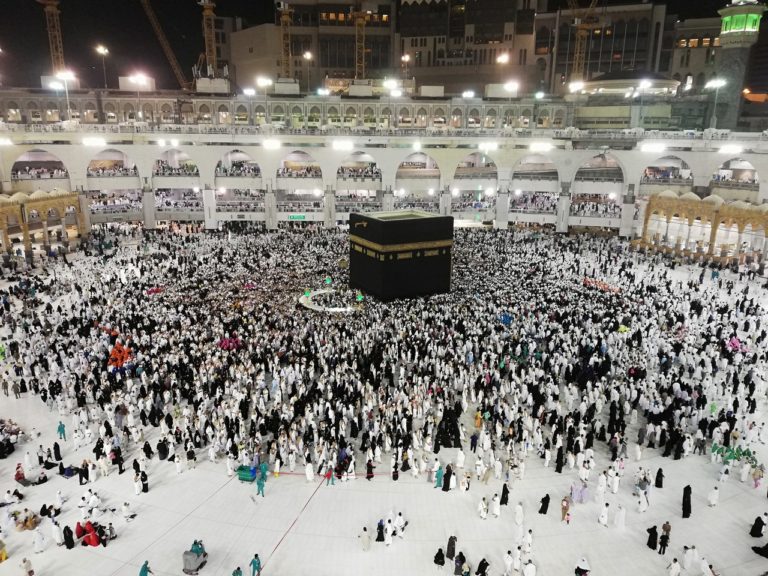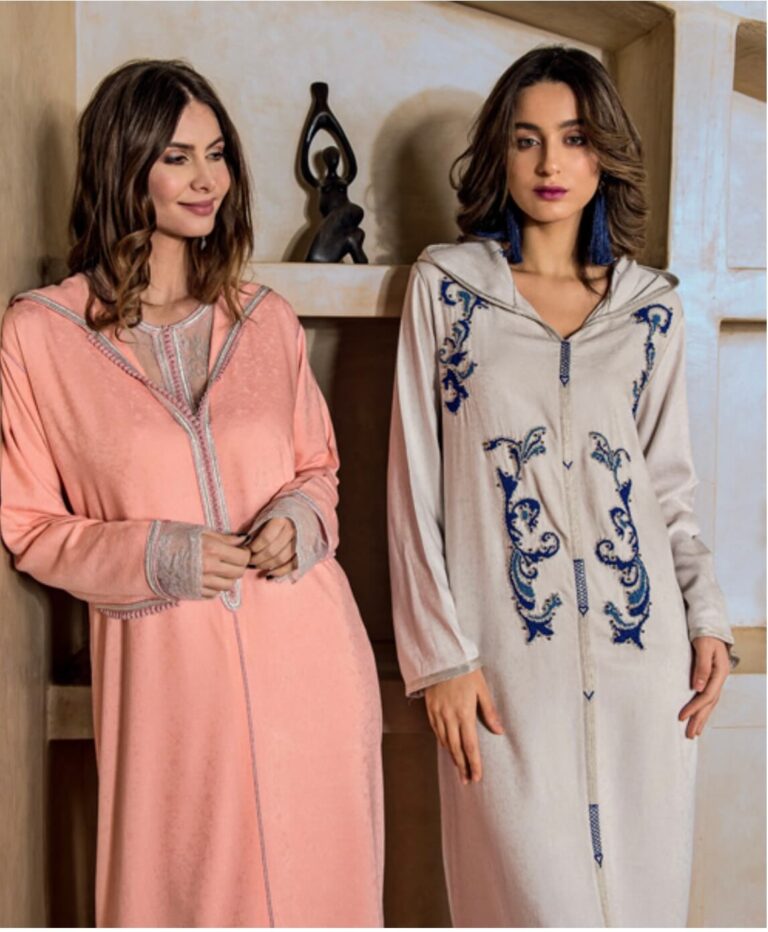Libya: Traditional Clothing
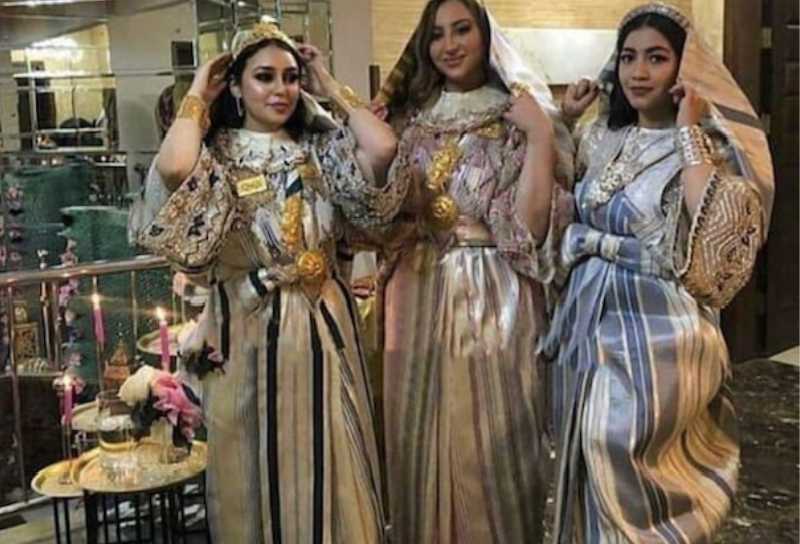
Much of the traditional attire, clothing, and garments worn in Libya are heavily influenced by similar pieces found in neighboring cultures, namely the Arabs, and Berbers.
Although the country features a dominant Arab culture nowadays, traditional fashion has maintained cultural ties with Berbers, Tuareg, and Tubu populations.
In this article, we explore Libya’s traditional clothing and how entrenched it is in the nation’s expansive and impressive heritage.
Table of Contents
Traditional Women Clothing in Libya
In the majority of Libyan cities, women typically wore modest attire, namely an all-covering garment known as haik or safsari.
This form of dress and its flowy nature allowed Libyan women freedom of movement all while concealing their bodies.
On the other hand, Bedouin women in Libya needed far greater room to move more freely since they worked with their hands on a daily basis.
Their garments were less constricted at the arm and upper body area to allow enough space to work comfortably.
Traditional Libyan women’s clothing is distinguished by its vibrant colors, shiny details, and intricate patterns.
Libyan women loved wearing fabrics that displayed an array of colors, sparkles, metallic accents, and beautiful motifs.
One of the most prominent dresses, known as khilalah in Arabic and tizerzai in Berber, consisted of a cloth attached at the shoulders by large silver brooches.
The dress is cinched at the waist using a belt then the second piece of cloth is wrapped around the body as a modesty garment.
In addition to that, sometimes the silver brooches also help in attaching another piece of fabric as a shoulder drape to cover the neck and shoulders of the wearer -this is called kitfiyah.
Moreover, women in rural areas used a matching cloth to cover their heads.
Though some of these were much larger than the shoulder drape and featured hefty woven pieces reminiscent of traditional rugs. In the Jabal Nafusa region, these scarves are called tajirah.
They’re often embroidered and decorated with colorful little pompoms made from cotton thread.
The tajirah is very similar to the southern Tunisian head veil as they’re both heavily inspired by Berber culture -since they likely originated from the indigenous people of North Africa.
Libyan women also wear a headband made from plain cotton usually tie-dyed in dark colors.
This asabah is worn on its own and is typically used to hold another piece of cloth in place to cover the neck and shoulder area.
In addition to that, an outer layer called bakhnuq msarrar or simply bakhnug, embroidered and dyed, is worn over the rest of the garments.
Furthermore, Libyan women traditionally followed a standard dress structure that was all too common throughout the Arabian Peninsula.
Cut and sewn dresses were designed following a “T” shape. This means a long dress with large sleeves and an embellished chest panel.
For this garment, striped cotton or a blend of cotton and silk was typically used to make the dress.
These dresses were very popular in Kufra and Jaghbub oases and were mainly influenced by Siwan women fashion.
However, unlike the Siwan who spent a great deal of time embroidering their garments, Libyan women let the fabric itself exhibit the design.
As for footwear, women of the reputable Bedouin tribe the Awlad Ali typically wore leather boots very similar to cowboy boots in shape though a bit shorter.
These boots were embroidered following floral or arabesque patterns and using a large range of colors- from purple and yellow to orange and red.
Though very few Libyan women wear these boots today, they’re still a popular pick on special occasions.
Traditional Men Clothing in Libya
Traditional Libyan men’s clothing tends to follow the same structure and design all throughout the country.
No matter where the individual is from, the general attire consists of a long white shirt known as qamis or jilbab coupled with long straight-legged trousers called sirwal that reach down to the ankles.
In addition to that, there’s an outer layer worn over the shirt as a vest called sidriyah. This is a short coat that is heavily embroidered using black cotton or silk thread.
The front of the short coat features decorated stitched buttons and small loops. Moreover, Libyan men also wear the traditional fitted headpiece called chechia.
This is similar to the one worn in Tunisia, except for the lack of tassel –qubitah in Tunisian.
While this headwear is usually red, Men in Tripoli opt for a black chechia to distinguish themselves from their Tunisian peers.
Libyan men also wear a less structured head cap underneath the chechia, which is a round tight-fitted and crocheted hat called taqiyah that they get to keep when they’re indoors.
Men also wear taqiyah to the mosque or when they’re praying, which serves the same purpose as the Jewish yarmulke or kippa.
In addition to that, Libyan men also wear a traditional garment that’s reminiscent of the Syrian and Egyptian kuffiyah.
The main piece of clothing for Libyan men is a large coat that looks like a cloak and is made of wool, cotton, or a blend of both materials.
This outer layer is called ksa and is wrapped around the body in a similar fashion to the Roman toga.
With that said, the Libyan version features some ties at the shoulder level that can be joined together while the rest of the fabric falls behind the back.
This cloak has a hood that goes over the head and is usually folded in a way that leaves both arms plenty of room for freer movement.
The ksa is cinched at the waist using a leather belt or one made from woven /plaited wool. Moreover, this cloak is large enough to accommodate riding a horse.
When it comes to shoes and footwear, Libyan men wear traditional leather boots with very robust soles and somewhat of a heel that helps with mounting and riding.
This design is particularly prevalent in Cyrenaica and the heel is needed to propel the rider and help with the stirrup.
If it’s not leather boots, then Libyan men will also wear traditional leather sandals or slippers.
For instance, those in Fezzan opt for sandals more often than not, while those in urban areas like Tripoli wear slippers that are very similar to Tunisian traditional ones.
During the cold season and winter months, men in ancient Tripoli used to wear large hooded garments also known as djellabahs that were typically made from heavy roughly spun wool.
While these djellabahs are very similar to those worn by Southern Tunisian men, they’re generally more organic in their making, using off-white or black wool featuring thin stripes that run down all throughout the garment, from top to bottom.
In addition to that, the hoods in these pieces of clothing are incredibly large with the piece of fabric sewn together from the front and down, then pulled over the head.
The sleeves in the djellabahs were very wide and the long robe reached all the way down to the knees, though sometimes longer.
This garment was so ubiquitous in traditional Libyan men’s wardrobes that it was worn as a coat or outer layer over all the other garments.
On the other hand, Tubu or Teda men who inhabit the southern region of Libya (in addition to the Southern Sahara and the Tibesti region of Northern Chad) wore clothing similar to the Saharans with a large piece of fabric wrapped around their heads, also covering the chin, and neck.
Though unlike the Tuareg who prefer blue, color is mostly overlooked for the Tubu.

